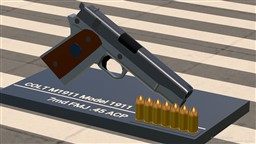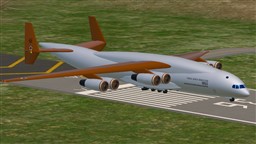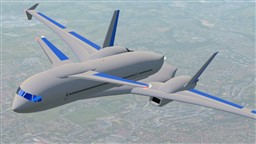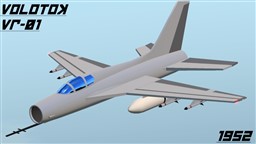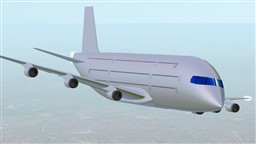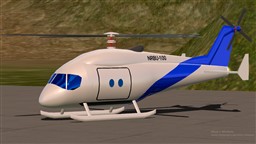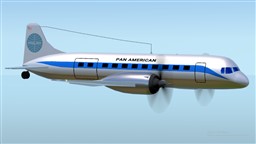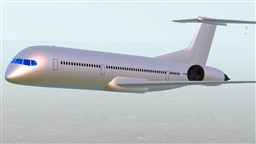20.9k VDBVitto191
Player Biography
Status: Slightly Active
Hi, how are you? I hope you are good, well I just have a taste for aviation in general and Simpleplanes, I like to express my ideas (even the bad ones, in my planes) I only make fictional planes, even though they have characteristics that resemble real ones. Ahh, I forgot, they are all Mobile Friendly and focused on fun, if you want realism, you are on the wrong profile account 🤣🤣😁🙃. See ya.
Previously known as
Vitto191,
VDBFrostian1930

